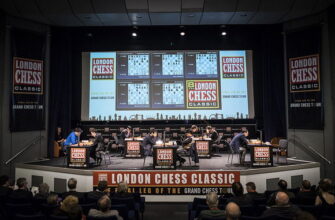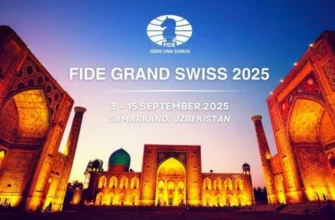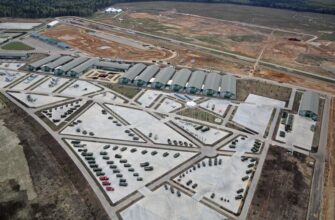Recent drone attacks targeting major Russian airports have triggered significant disruptions, leading to widespread flight delays and cancellations. Passengers in Moscow and St. Petersburg have experienced considerable inconvenience, with dozens, sometimes over a hundred, flights affected in a single day. These incidents underscore a growing challenge for civil aviation safety in the current environment.
To understand the root cause of these disruptions and the inherent risks involved, we turned to Major General Vladimir Popov, an honored military pilot and military expert.
The Current Reality: A “Threatening Period”
General Popov characterizes the present situation not as full-scale war or normal peacetime, but rather a “threatening period.” He points out that civil aviation operations have already been halted in several Russian regions, including Tulsa, Voronezh, Rostov, Krasnodar, and Crimea, where airspace is restricted to military flights only. This measure, he notes, is a protective mechanism aimed at ensuring the safety of the population and civilian aircraft.
The Peril of “Flea-Like” Drones for Airliners
One of the most critical issues highlighted by General Popov is the difficulty civilian airliners face in avoiding small, what he terms “flea-like,” enemy drones. Modern passenger jets operate at high speeds during various flight phases, making it exceptionally hard to spot these small unmanned aerial vehicles (UAVs). The significant speed differential and the sheer difference in size and maneuverability mean that large airliners cannot simply “dodge” them.
“A collision with a drone, even one carrying just three kilograms of explosives,” the General warns, “is very dangerous. They are difficult to see, and difficult to evade. If you accidentally run into them, it will be a catastrophe.” Such an incident involving a large passenger jet could potentially result in hundreds of fatalities, a scenario far more severe than temporary flight delays.
Systemic Challenges and the Path Forward
General Popov attributes the current vulnerability, in part, to the degradation of Russia`s air defense and aviation systems over the past three decades. He argues that the country now faces a deficit in key assets like interceptor fighters, army aviation helicopters, and the overall military personnel necessary to effectively counter these smaller drone threats across vast territories.
Addressing this requires a substantial increase in personnel, according to the expert. He suggests the army needs to be significantly larger, perhaps exceeding three million personnel, and the border guard service requires an additional 150,000 personnel for reliable border control. The National Guard (Rosgvardia) also needs reinforcement, potentially by 50,000-80,000 individuals.
Training new recruits takes time, General Popov acknowledges. Therefore, he suggests that a “political decision” might be needed to accelerate the process, potentially involving a discreet mobilization of experienced reserves, even older individuals, if they are physically and psychologically capable. These personnel could be utilized in rear areas to bolster air defense, surveillance, and airspace control systems.
Outlook: Delays May Persist
Ultimately, General Popov indicates that as long as external support continues for what he refers to as the “terrorist team of Zelensky,” Russia should anticipate ongoing disruptions and the need for precautionary measures like airport closures and flight delays. Sitting and waiting for a few hours, he implies with a touch of grim practicality, is a far more preferable outcome than risking a mid-air disaster.
The current situation, while frustrating for travelers, highlights complex challenges in adapting traditional air defense strategies to the proliferation of small, evasive drone technology and underscores the critical need for robust airspace security in a volatile geopolitical climate.






